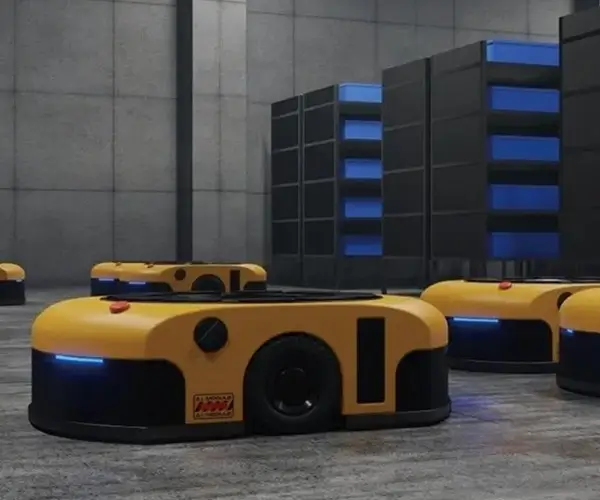Have you ever wondered what makes a complex microservices architecture tick? You know, when you're juggling a bunch of small, independent services and suddenly find yourself tangled in chaos? That’s where the saga design pattern comes into play — a game-changer for orchestrating long, multi-step transactions smoothly.

Imagine this: you're running an e-commerce platform. Someone places an order, and that triggers a cascade of actions — deducting inventory, processing payment, updating shipping info. Each step needs to happen reliably, but what happens if one part fails midway? Rollbacks, data inconsistencies, unhappy customers. That’s where saga pattern shines. It’s like a well-choreographed dance, making sure every move is covered, even if one partner slips.
But how does it work in real life? Think of each step as a mini-transaction with its own undo process, called compensations. If the payment fails after inventory is deducted, the system kicks in, reversing the inventory deduction to keep everything tidy. It’s like a safety net that catches mistakes before they turn into full-blown problems.
And the best part? Developers are freed from the mind-boggling complexity of traditional distributed transactions. Instead, they can focus on business logic, knowing the saga pattern manages the messy parts. This modularity means faster deployment, easier scaling, and fewer headaches when things go wrong.
When you look into a microservices example based on saga design, it’s easier to see its real worth. Say you have a hotel booking app. The user books a room, pays, and gets confirmation. If payment doesn’t clear, the saga pattern steps in, canceling the reservation seamlessly. It’s reliable, resilient, and keeps things running smoothly without everyone drowning in error handling.
So, why does this matter? Well, in today’s fast-paced world, you need systems that don’t just work but adapt and recover swiftly. Saga pattern’s got that covered. It’s all about resilience, flexibility, and peace of mind. Because if one service trips, the rest can keep spinning without collapsing the entire system.
In essence, understanding saga design pattern microservices example showcases how modern architectures breathe easier under pressure. It’s not just about making things work; it’s about making them work better, smarter, faster. If you’re building or managing complex microservices, using saga pattern might just turn that chaos into a harmonious flow, effortlessly.
Established in 2005, Kpower has been dedicated to a professional compact motion unit manufacturer, headquartered in Dongguan, Guangdong Province, China. Leveraging innovations in modular drive technology, Kpower integrates high-performance motors, precision reducers, and multi-protocol control systems to provide efficient and customized smart drive system solutions. Kpower has delivered professional drive system solutions to over 500 enterprise clients globally with products covering various fields such as Smart Home Systems, Automatic Electronics, Robotics, Precision Agriculture, Drones, and Industrial Automation.




































